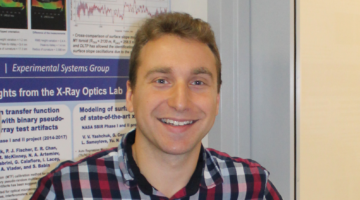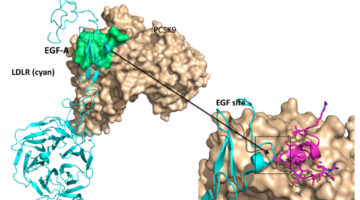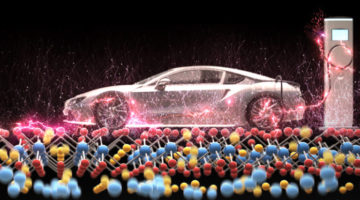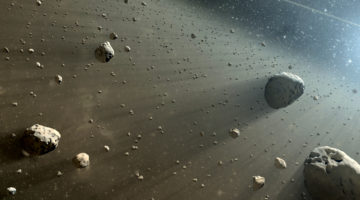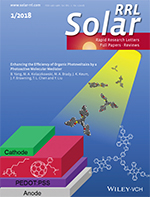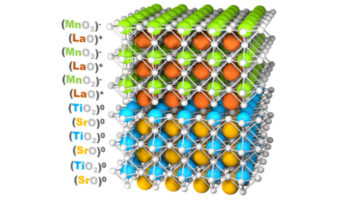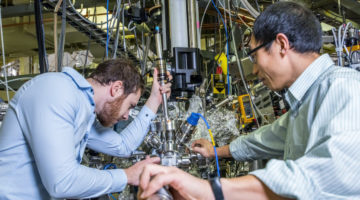An antibody was modified to activate a specific pathway of the immune system, demonstrating its value in killing tumor cells. The work provides a platform for disentangling different immune-system pathways and could lead to the design of improved immunotherapies. Read more »![]()
![]()
All News & Updates
Sergey Nikitin, Optical Metrology Postdoctoral Fellow
Postdoc researcher Sergey Nikitin has been at the ALS since February 2017, working in the X-Ray Optics Laboratory (XROL), where he’s researching and developing new optical metrology tools and methods. Read more »
Genentech Advances Research Toward Better Medicines to Lower Cholesterol
Genentech has been working in collaboration with the ALS for years with the goal of identifying a better cholesterol treatment mechanism that targets a cholesterol-regulating protein in the body known as PCSK9. Recent advances in understanding PCSK9’s structure have put them closer to that goal. Read more »![]()
Fuel from the Sun: Insight into Electrode Performance
The mechanisms limiting the performance of hematite electrodes—potentially key components in producing fuel from the sun—have been clarified in interface-specific studies under realistic operating conditions, bringing us a step closer to storing solar energy in chemical fuels. Read more »![]()
![]()
A Path to a Game-Changing Battery Electrode
If you add more lithium to the positive electrode of a lithium-ion battery, it can store much more charge in the same amount of space, theoretically powering an electric car 30 to 50 percent farther between charges. But these lithium-rich cathodes quickly lose voltage, and years of research have not been able to pin down why—until now. Read more »![]()
X-Rays Reveal ‘Handedness’ in Swirling Electric Vortices
Scientists used spiraling x-rays at the ALS to observe, for the first time, a property that gives handedness to swirling electric patterns—dubbed polar vortices—in a synthetically layered material. Read more »
Ingredients for Life Revealed in Meteorites That Fell to Earth
Two wayward space rocks, which separately crashed to Earth in 1998 after circulating in our solar system’s asteroid belt for billions of years, share something else in common: the ingredients for life. They are the first meteorites found to contain both liquid water and a mix of complex organic compounds such as hydrocarbons and amino acids. Read more »
Enhancing the Efficiency of Organic Photovoltaics by a Photoactive Molecular Mediator
In the search for high-efficiency organic solar cells, additives often play an important role in improving the film morphology. Liquid additives, while often effective, evaporate or migrate over time. Herein, Liu et al. report a solid photoactive molecular mediator that could be employed to replace the liquid additives to tune the morphology of bulk heterojunction films for improved device performance. Read more »
Ferromagnetism Emerges to Alleviate Polar Mismatch
A polar mismatch between nonferromagnetic materials drives an electronic reconstruction in which interfacial ferromagnetism is induced. The emergence of such functionality at interfaces could enable new types of electronics for a range of applications, including logic, memory, sensing, and more. Read more »![]()
X-Rays Provide Key Insights on Path to Lithium-Rich Battery Electrode
If you add more lithium to the positive electrode of a lithium-ion battery, it can store much more charge in the same amount of space, theoretically powering an electric car 30 to 50 percent farther between charges. But these lithium-rich cathodes quickly lose voltage, and years of research have not been able to pin down why—until now. Read more »
- « Previous Page
- 1
- …
- 98
- 99
- 100
- 101
- 102
- …
- 139
- Next Page »

